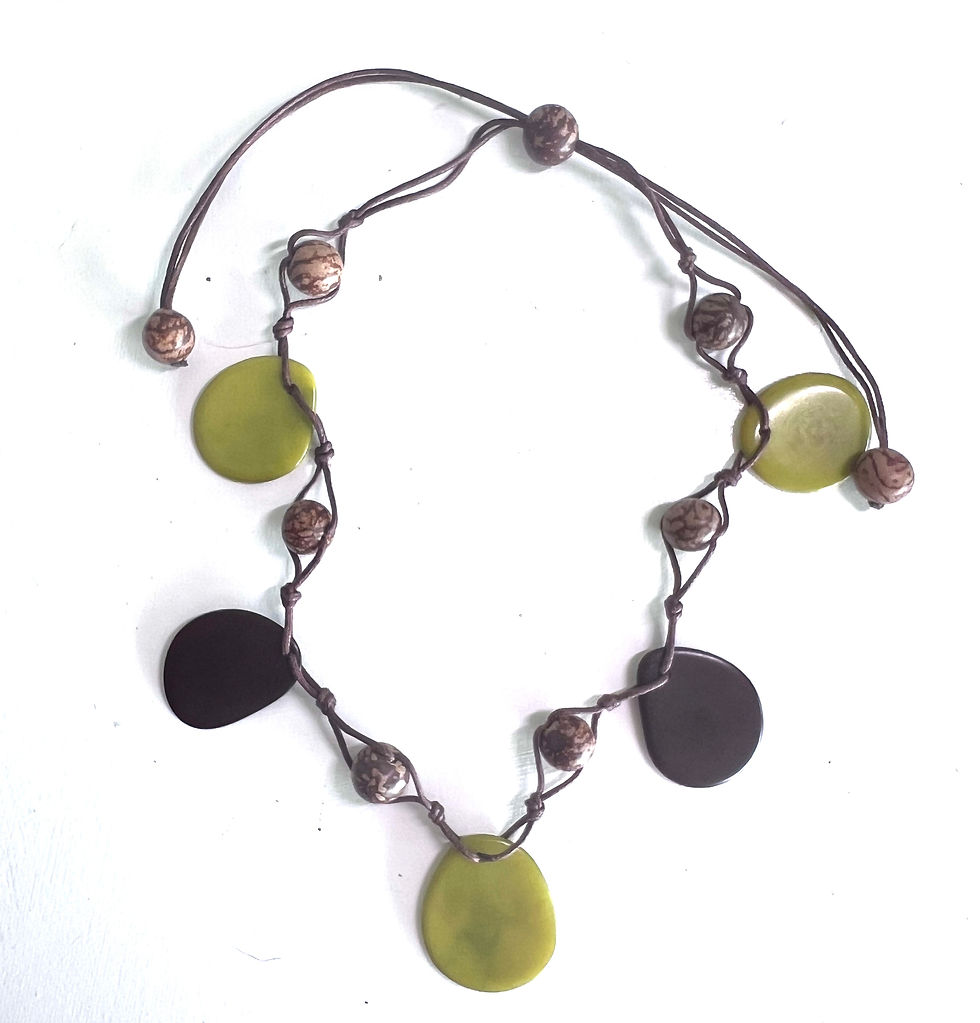
What is Tagua ?
Tagua (pronounced Ta-qwa or Tah-gwa) is a seed that comes from a palm tree known as the ivory-nut palm (Phytelephas macrocarpa), also known as elephant palm, located most abundantly in the Amazon Rain-Forest in Ecuador and Colombia. Both countries produce large quantities of Tagua that are shipped all over the world. But the Elephant Plant can be found in the tropical areas of other countries like Panama, Bolivia, and Peru, to name just a few.
These Palms can grow to a height of about 20 to 40 feet. Most palms can produce fruit in quantity for around ten years. This seed is unique because it has a variety of uses and it may help save the mighty elephants because it is an ideal substitute for elephant Ivory.
Tagua Nuts
A little more info ...
The female palms bear large woody, burrlike fruits, each containing several seeds about the size of hen's eggs. These are the ivory nuts, white or cream in color and very hard. Known in the trade also as vegetable ivory, the substance is used as a substitute for ivory and has long been carved into curios for tourists.
https://www.encyclopedia.com/reference/encyclopedias-almanacs-transcripts-and-maps/tagua
Vegetable ivory is naturally white with a fine marbled grain structure. It can be dyed; dyeing often brings out the grain. It is still commonly used in buttons, jewelry, and artistic carving. Many vegetable ivory buttons were decorated in a way that used the natural tagua nut color as a contrast to the dyed surface because the dye did not penetrate deeper than the very first layer. This also helps identify the material.

























